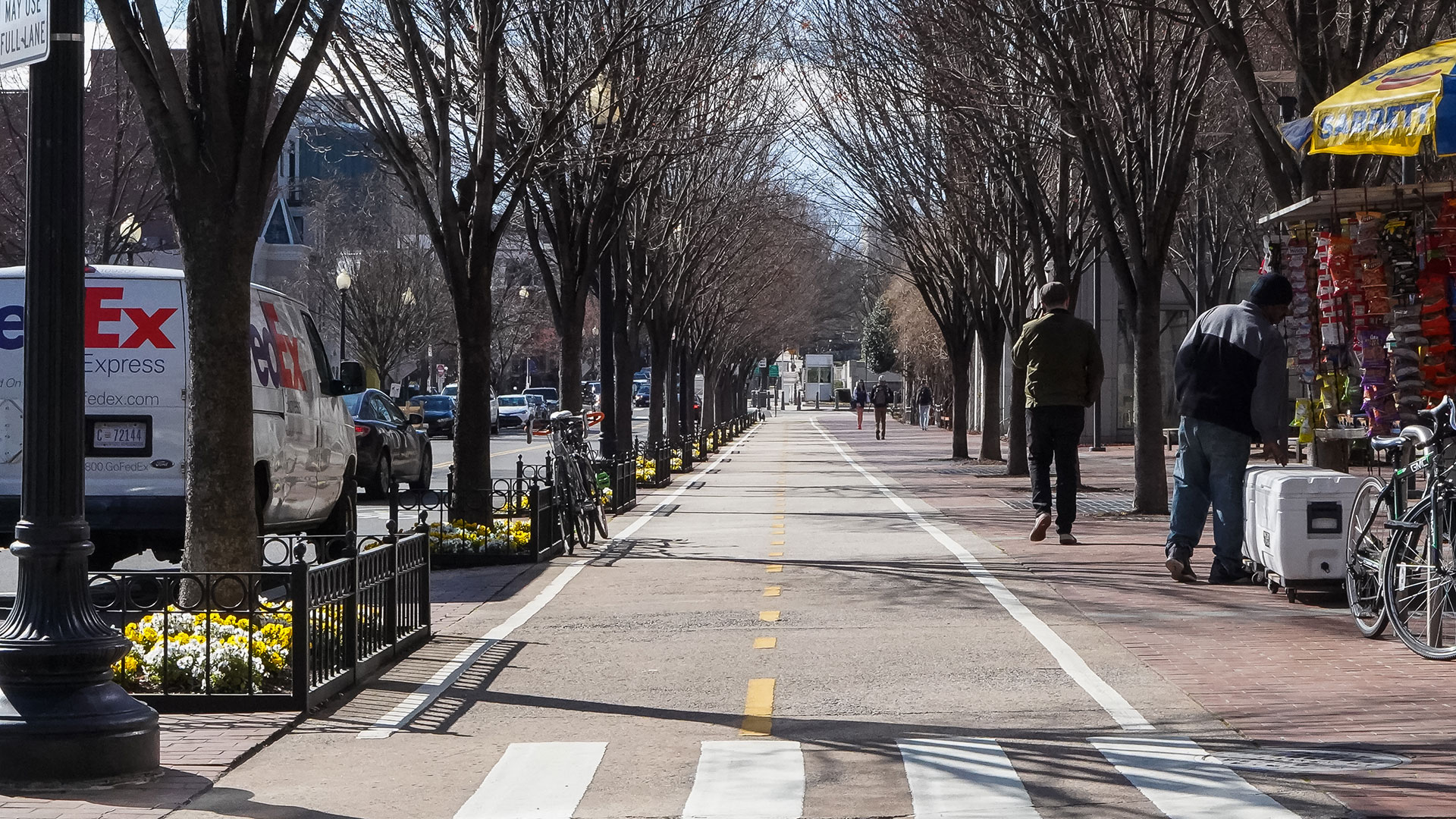December 2, 2024
Which of these guides have you used? As we look ahead to the 2025 Transportation Research Board (TRB) Annual Meeting, we’re also looking back on the impactful research that was published this year. While this is by no means a comprehensive list of all the great guidance that came out in 2024, we’re highlighting 10 publications that have been of interest and use to our team.

1. NCHRP Research Report 1087: Guide for Intersection Control Evaluation. The national intersection control evaluation guide was a long-anticipated resource that brought together intersection control evaluation practices and tools to equip states in developing their own intersection control evaluation policies and processes. The new guide also contains several new recommendations and methods, making it a valuable resource for states that already have intersection control evaluation processes as well.
If you’re interested in learning more about intersection control evaluation, Nagui Rouphail and Bastian Schroeder will present on “Planning-Level Screening of Intersection Alternatives for Intersection Control Evaluation” at the lectern session on Roundabouts and Innovative Intersections: Safe Movements Within Planned Conflict Points at the 2025 Transportation Research Board Annual Meeting.
2. Separated Bike Lanes on Higher Speed Roadways: A Toolkit and Guide. Speed is a well-documented risk factor in severe crashes involving bicyclists. But until now, agencies have been challenged by a lack of examples and guidance for how to safely provide bicycling facilities on high-speed roads. A new publication from the Federal Highway Administration documents best practices for the planning and design of bicycling facilities on roadways with a posted speed limit of 35 mph or higher.
3. Advancing Gender Equity in the DOT Workforce. The U.S. Department of Transportation’s 2021 Request for Information on Transportation Equity Data revealed what we’ve anecdotally known to be true in this profession: a lack of representation of women in transportation agencies and a need for better systems to monitor and track transportation workforce diversity. In this report, a team led by Stephanie Ivey of the University of Memphis and Susan Gallagher of Montana State University documented strategies for developing a more gender-diverse workforce, such as executive coaching/leadership programs, equitable hiring processes, community partnerships, establishing cultures that value diversity and inclusivity, and flexibility and work-life balance.
4. Compendium of Wrong-Way-Driving Treatments and Countermeasures. This document summarizes a selection of treatments that came out of the Federal Highway Administration (FHWA) Workshop: Wrong-Way-Driving Safety Improvements. It provides a brief description of each treatment, its potential applications and considerations for use, and its reported effectiveness in reducing wrong-way movements.
5. Complete Streets Safety Analysis. This report was written to help practitioners better understand the potential safety improvements of various Complete Streets implementations, as a way to support implementation of Complete Streets projects as part of the Safe Systems approach. The study behind the report set out to identify pedestrian and bicyclist safety treatments that agencies often implement in combination on Complete Streets projects, and assess the Crash Modification Factors (CMFs) of these treatments in order to better quantify their potential to improve safety.

A myriad of impactful research guidance came out in 2024, including the potential safety improvements of various Complete Streets implementations, provide bicycling facilities on high-speed roads, and advancing gender equity in the DOT workforce.
6. Synthesis of Alternative Intersection Forms. With many types of alternative intersections and interchanges (AII) on our roadways today, this report helps practitioners understand the potential benefits and challenges of 20 AII forms and consider the additional infrastructure that may be needed to help connected and automated vehicles (CAVs) navigate these intersections.
7. DOT Practices on Road Safety Audits. Road safety audits (RSAs), also known as road safety assessments, take place when an independent, multidisciplinary team examines the safety performance of a road or intersection. With the use of RSAs increasing significantly in recent years, the goal of this research synthesis was to collect and document current DOT practices. A research team led by Henry Brown, Praveen Edara and Zhu Qing of the University of Missouri and Kendra Schenk of Burgess & Niple conducted a literature review, surveyed DOTs, and held interviews in order to document RSA resources, prevalence, processes, partnerships, and implementation considerations in NCHRP Synthesis 615.
8. Addressing Climate Resilience and Greenhouse Gases in the Transportation Planning Process. With transportation being the largest contributor of greenhouse gas emissions (GHG) in the U.S., it’s imperative that transportation agencies are learning from one another. NCHRP Synthesis 624, led by Zamurs and Associates, LLC and Mark L. Stout Consulting, documents current state DOT practices to quantify or reduce GHG emissions in their transportation planning processes. In a survey they conducted as part of their research, the research team found that many state DOTs are undergoing organizational changes to address climate change.
9. Estimating Effectiveness of Safety Treatments in the Absence of Crash Data. Crash modification factors (CMFs) are used to estimate the expected change in crash frequency from implementing a potential safety improvement. But what about when crash data is not available, such as in the evaluation of pedestrian and bicyclist treatments? NCHRP Web-Only Document 369 examines the use of surrogate measures of safety for developing Crash modification factors (CMFs) and other quantifiable measures in these circumstances.
10. Critical Issues in Transportation for 2024 and Beyond. It’s impossible to talk about 2024 research without also recognizing TRB’s latest “Critical Issues in Transportation” report, in which TRB’s Executive Committee highlights five societal goals with a strong connection to transportation: mitigating and responding to climate change, promoting equity and inclusion, increasing road safety, advancing public health, and building and sustaining a strong, competitive economy. The report describes transportation’s influence on each of these goals, and the challenges that have yet to be solved for transportation to have the biggest positive impact in working toward them.
As we noted at the beginning, there are many more publications that could make this list. What were the standout research publications of 2024 from your perspective?
